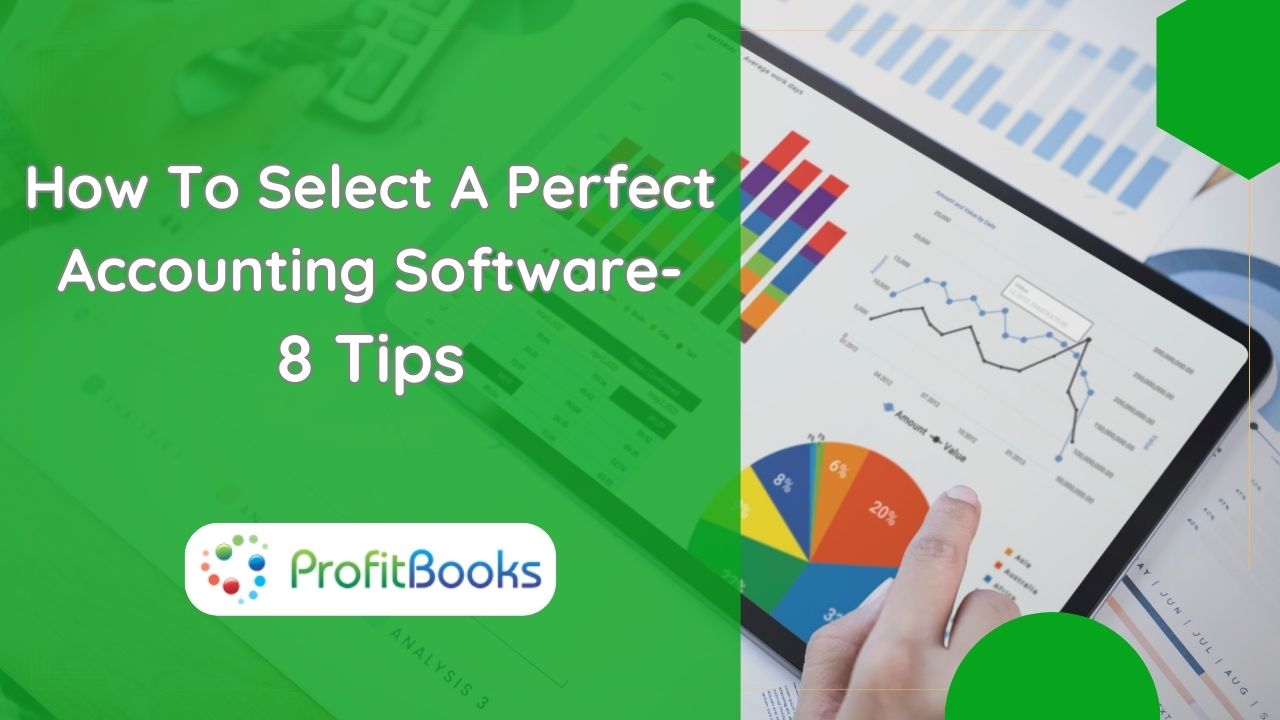
Introduction to Accounting Software and Its Impact on Paperwork
In the bustling world of business, paperwork can often feel like an avalanche, burying even the most organized professionals under heaps of invoices, receipts, and reports. Thankfully, modern solutions have paved the way for streamlined processes, and at the heart of this transformation is accounting software.
Choosing the right accounting software can feel like finding a needle in a haystack. But don’t worry, this task doesn’t have to be daunting. With the right approach, you can simplify your paperwork, save valuable time, and focus on what truly matters – growing your business.
Understanding Your Accounting Needs
Before you dive into the sea of available accounting software, take a step back and assess your needs. Every business has its unique financial pulse, and understanding yours is the key to finding the perfect match.
Are you a freelancer looking to track expenses and income? Or maybe a small business owner in need of comprehensive financial reporting? Identifying your requirements will not only narrow down your options but ensure that the software you choose will be a valuable addition to your operation.
Feature Sets: What to Look For
The essence of simplifying paperwork lies in choosing software with features that cater to your specific needs. There is a myriad of features available, but focusing on the essentials can prevent you from being overwhelmed.
– **Invoicing**: A crucial aspect for many businesses; efficient invoicing features can save time and improve cash flow.
– **Expense Tracking**: Forget about sifting through piles of receipts. Look for software that can categorize and track expenses with ease.
– **Tax Preparation**: Tax season can be less stressful if your software helps organize tax-relevant information throughout the year.
– **Integration Capabilities**: Your accounting software should play nice with other systems you use, such as payment gateways or CRM tools.
– **User Accessibility**: If you have a team, consider software that allows multiple user access and permissions.
Usability: Don’t Complicate Simplification
The most feature-rich software can end up being a regrettable purchase if it’s complicated to use. User-friendliness is non-negotiable. After all, the goal is to simplify your tasks, not add another layer of complexity. Look for intuitive navigation, a clear interface, and when possible, take the software for a test drive through a free trial or demo.
Cost Analysis: Investment vs. Return
Cost is often a deciding factor, but don’t let it be the only one. Free solutions might catch your eye, but they may lack in areas that could genuinely benefit your business. Consider not just the upfront cost, but the potential return on investment that comes with time saved and increased accuracy in your financial management.
Scalability: Growing with Your Business
If you’ve got ambitious business plans, consider software that can scale with your growth. Upgrading systems can be a tedious affair, so opting for a solution that accommodates new users, more substantial transaction volumes, and advanced features can be a game-changer down the line.
Security: Guarding Your Financial Fortress
When it comes to financial data, security is paramount. A breach can be catastrophic, not just financially but also to your reputation. Ensure that any software you’re considering employs robust security measures like encryption, two-factor authentication, and regular backups.
Support and Resources
Even the most tech-savvy individuals can encounter unexpected issues. A solid support system, including customer service, online resources, and community forums, can offer peace of mind. Timely assistance can mean the difference between a minor hiccup and a full-blown operational pause.
Making the Choice: Take Your Time
Rushing into a decision may result in picking software that’s not quite the right fit. Take your time to compare features, costs, and potential for your specific business scenario. Consult with your accountant or financial advisor, and make use of any available demos or free trials.
The Final Step: Training and Onboarding
Once you’ve selected your accounting software, remember that successful implementation is crucial. Ensure that you and your team are adequately trained to utilize all the software’s benefits fully. The initial time investment here will pay off in terms of efficiency and effectiveness in the long run.
Conclusion: Your Path to a Simpler Paperwork Future

Selecting the right accounting software is an essential step towards simplifying your business’s paperwork. The journey requires understanding your needs, evaluating features, weighing costs, considering scalability, ensuring security, and acknowledging support systems. It’s a journey well worth embarking on for the peace of mind and productivity gains waiting on the other side.
Remember, the goal is not to choose the most popular or most advanced software, but the one that aligns seamlessly with how your business operates. With the right choice, you’ll not only cut through the clutter of paperwork but set a solid foundation for financial management that can help elevate your business to new heights. So take a deep breath, consider the tips provided, and set forth on your quest for the perfect accounting software companion. Cheers to the future – a future with less paper and more possibilities!